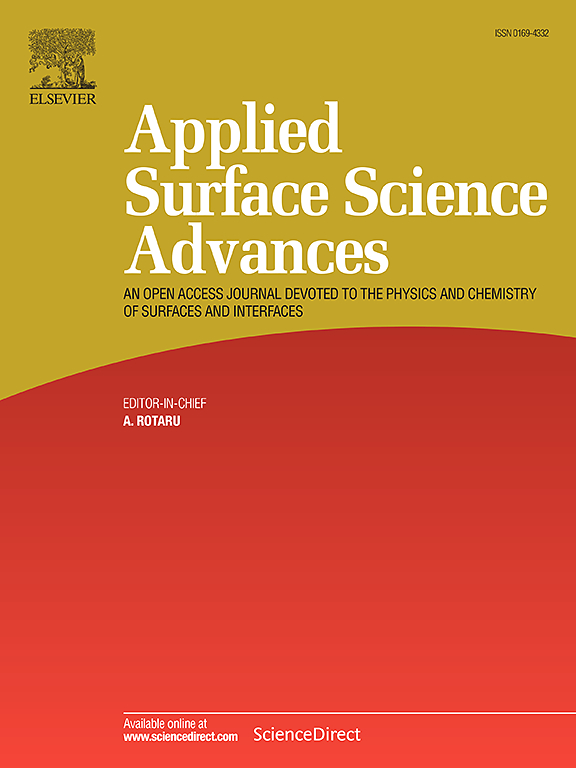Pristine and cross-linked gelatin aerogels of pH-responsive hydration and swelling
IF 8.7
Q1 CHEMISTRY, PHYSICAL
引用次数: 0
Abstract
Protein aerogels, derived from natural sources such as plants and animals, are sustainable and biocompatible advanced materials with significant potential for applications in the environmental, food, and pharmaceutical industries. In this study, food-grade gelatin was used to produce highly porous aerogels. Gelatin was employed either in its native form or chemically cross-linked with glutaraldehyde (GTA). Hydrogels were synthesized through a simple sol-gel process, transferred to methanol, and then dried using supercritical CO2 to obtain mesoporous aerogels. The chemical structure of the aerogels was characterized using solid-state nuclear magnetic resonance (ssNMR) and infrared (IR) spectroscopy methods. Their nanoscale morphologies were explored by scanning electron microscopy (SEM), N2-sorption porosimetry, and small-angle neutron scattering (SANS). The macroscopic water uptake and swelling of the gelatin aerogels were investigated at different pH values, while the corresponding nanoscale hydration and wetting mechanisms were explored using NMR relaxometry. Lastly, the drug loratadine was impregnated into the pure gelatin aerogel to assess its potential for drug delivery applications. The rate and mechanism of in vitro drug release exhibit a strong correlation with the pH-dependent swelling and dissolution of the aerogel. These findings suggest that pure gelatin aerogels are promising candidates for pH-sensitive oral drug delivery systems.

原始和交联明胶气凝胶的ph反应水化和膨胀
蛋白质气凝胶是从植物和动物等天然来源中提取的,是一种可持续和生物相容性的先进材料,在环境、食品和制药行业具有巨大的应用潜力。在本研究中,食品级明胶被用于生产高多孔气凝胶。明胶要么以其天然形式使用,要么与戊二醛(GTA)化学交联。通过简单的溶胶-凝胶法合成水凝胶,转移到甲醇中,然后用超临界CO2干燥得到介孔气凝胶。采用固体核磁共振(ssNMR)和红外光谱(IR)方法对气凝胶的化学结构进行了表征。通过扫描电镜(SEM)、氮气吸附孔隙度测定法和小角中子散射(SANS)研究了它们的纳米形貌。研究了明胶气凝胶在不同pH值下的宏观吸水率和溶胀率,并利用核磁共振弛豫仪探讨了相应的纳米水化和润湿机理。最后,将氯雷他定浸染到纯明胶气凝胶中,以评估其给药应用的潜力。体外药物释放的速率和机制与ph依赖性气凝胶的溶胀和溶解密切相关。这些发现表明,纯明胶气凝胶是ph敏感口服药物输送系统的有希望的候选者。
本文章由计算机程序翻译,如有差异,请以英文原文为准。
求助全文
约1分钟内获得全文
求助全文

 求助内容:
求助内容: 应助结果提醒方式:
应助结果提醒方式:


